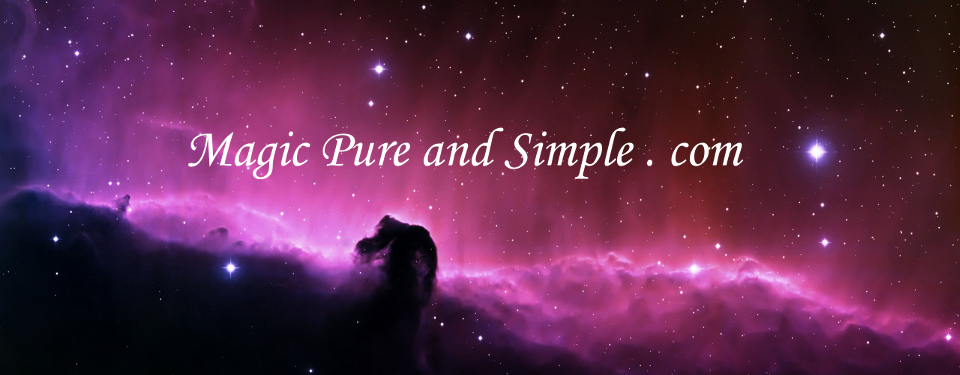When I was younger I became disillusioned with the books on offer for young magical practitioners. Every book I picked up was designed to feed the ego. It sounds bad, but really they tell themselves they’re building up the audience so it’s done from a place of love. The thing is I value myself. I don’t need to be told I’m a powerful witch or whatever to convince myself I have value.
I began to trawl through the many books available to young occultists. I began to get annoyed. The books all seemed to claim to just hand out worth. I wanted some worth that was worth earning, not just a title the book gave you, like “green witch”, “sorcerer”, “reiki master”. I didn’t need these words to make me feel good and if they were given without having to earn them then they were worthless to me.
So soon I began to seek out books that sought to teach a particular skill and avoid books of made up new traditions. This was when I came across Creating Magickal Entities. It was a practice I had done naturally a few times and I was glad to find this book when I did, but the contents were not really written for someone like me there was a lot of ritualising something I did naturally.
What is the book about?
Okay, so the book isn’t great at explaining it. The intro feels a little rush to be honest. When you form energy together with an intention and a shape you’ll make a construct. It is like a thought given form on the astral plane. The energy is like a type of spiritual plasticine which is mouldable by the mind. The aim of the book is to make a construct that is self-aware, an animated creature, with an ethereal existence.
The book correctly informs you that these things can do stuff that is useful. The entities you make can go out and they can affect reality. They can make your stocks go up, find you a potential date, give your cheating ex gonorrhoea… (If you’re going to do this last one make sure you don’t do makeup sex). The book perhaps isn’t as creative as me and doesn’t give many examples, but it does cover the basics.
Speed and Communication
The author seems to rush through topics without much fleshing out. He seems to be writing for more experienced magical practitioners than beginners, but there’s a limited number of practitioners that understand the topics he skips through quickly who don’t know how to make a magical entity. There’s a brief mention of the microcosm without examples to flesh it out and then later the author touches briefly on anatman or the illusion of separation, but again is too quick for newbies and avoids examples. Remember there’s no prior syllabus before getting to this book so they need to be written assuming no knowledge. Ideas need to be developed slowly like writing an essay.
Inaccuracies
The book talks about familiars being entities put in pets, but I felt this was a bit of a generalisation. Often within the practice of necromancy, a familiar would be a predeceased friend/ally who is often contained in a pot or skull. Also, through medieval views Witches were believed to have a small devil or imp which she would feed her own blood. This was considered her familiar and was nothing to do with any cat or mundane pet. So I think the author needs to be careful when saying “the cat isn’t the familiar. The entity attached to the cat is the familiar”. It sounds like it is meant to describe all familiars when there are many situations for which this doesn’t seem to be true.
The author speaks about stuff we just don’t know. He talks about Jung’s Collective Unconscious when describing some thoughts that are originally conscious so I’m not sure he is understanding the point of the Collective Unconscious which consists more so of archetypes that exist in all cultures across the globe not magically created entities. Not only has he made some assumptions about how this process works, anyone that uses it doesn’t assume they know how it works only that it does work. There’s very little need to make assumptions about things we can’t be sure about. Also, there’s very little mention of Jung who postulates these ideas. It’s like he has just taken them as written rather than a theory.
The author refers to Magic practitioners as Magi. Which is actually the origin of the word Magic. However the original word Magi means priests of the Zoroastrian religion. Most Magickal practitioners are not magi as much as they might want to Using this word seems a little inaccurate.
